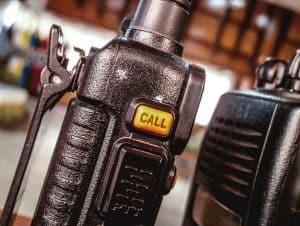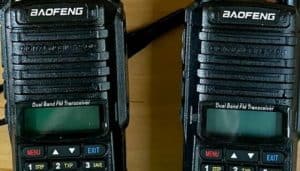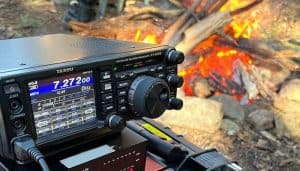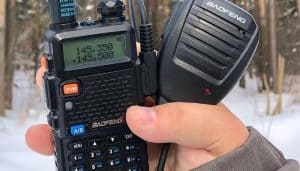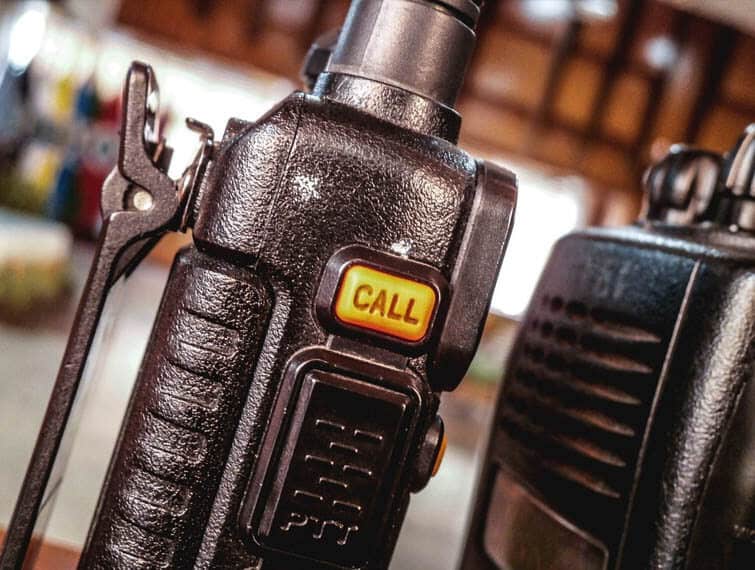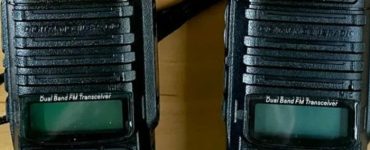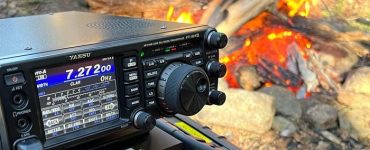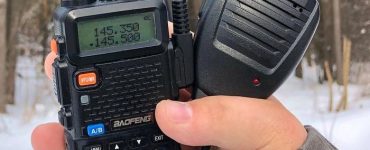If you are new to the world of handheld radios, a quick glance at ham radios and walkie-talkies will probably make you think that they are just the same. However, the truth is that a ham radio is different from a walkie-talkie.
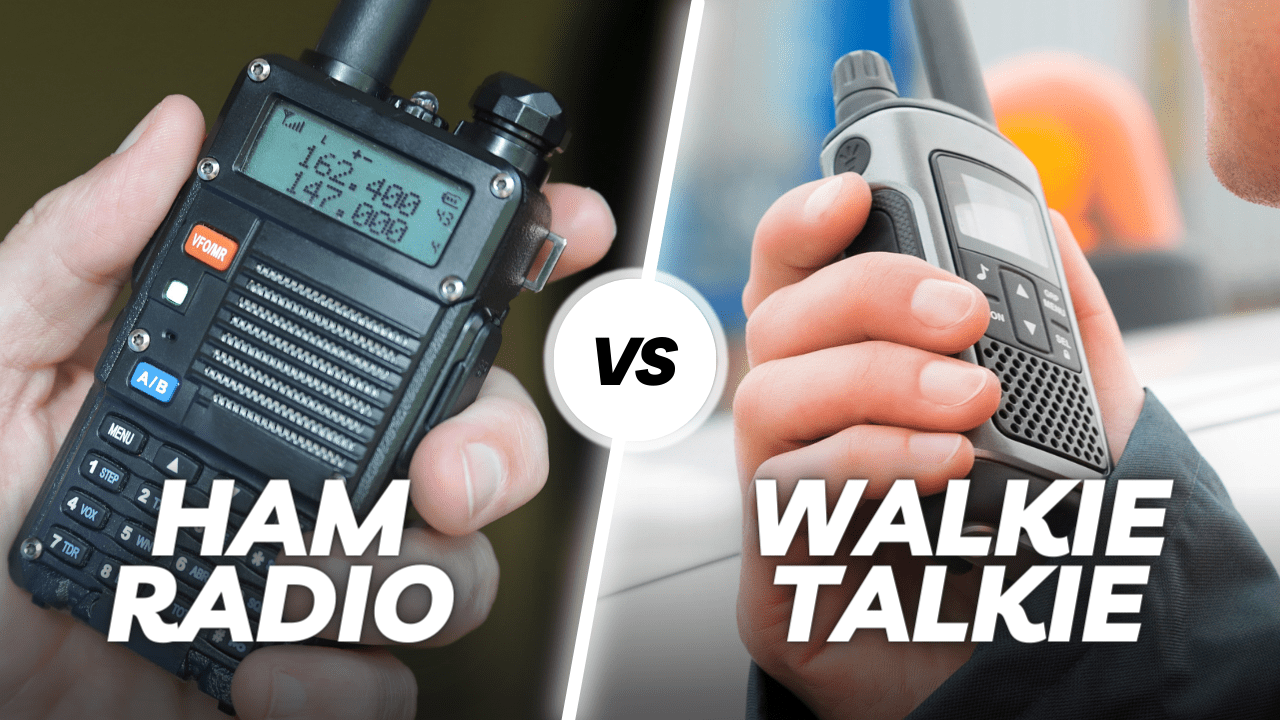
Ham radio and walkie-talkie are just two of the most common and popular means of communication. Thanks to these devices, people can communicate with their family, friends, coworkers, or anyone else even from a great distance.
Since they are handheld devices, ham radios and walkie-talkies can both be used anywhere and anytime even with no internet connection available. However, due to the numerous similarities between walkie-talkie and ham radio, many people often find themselves confused about whether what they have is a walkie-talkie or a ham radio.
Ham radio is a type of two-way handheld device which uses several frequency bands to allow communication. A walkie-talkie, on the other hand, is a handheld transceiver that uses just one frequency band.
Read on below to learn more about the key differences between ham radios and walkie-talkies to know how they work and let you determine which device to use depending on your needs, requirements, and situation.
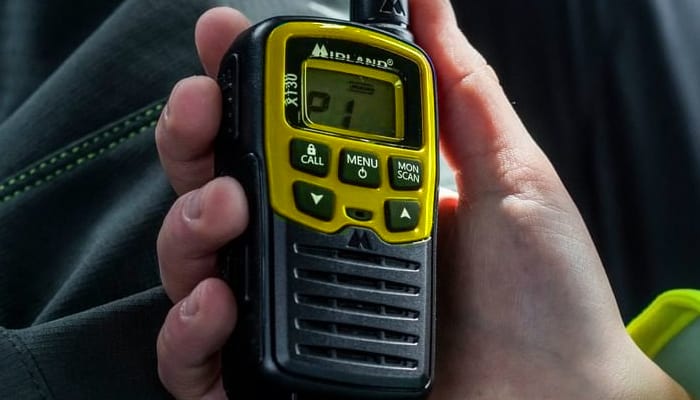
Quick Overview of Ham Radio and Walkie-Talkie
Ham radios are more frequently used exclusively for personal purposes, specifically for long-distance communications. Meanwhile, walkie-talkies are used in the military, police, business, and many other entertainment areas.
Walkie-talkies only have a single transmission capacity. The device lets you speak or hear but you can never do both of these actions simultaneously. With ham radios, however, you can talk and listen at the same time.
Overview of Ham Radios
Ham radios are communication services that use electromagnetic radiation for the transmission of data, Morse code, and voice to communicate with other people all over the world.
Distances between ham radios are not fixed. Ham radios can be used to reach no matter where you are in the world. In fact, you can even use them to communicate in space. This makes ham radios very effective and handy for long-distance communication.
Features of Ham Radios
As a form of a two-way handheld device, ham radios operate with a power of 4 to 5 watts. This also operates beyond the AM broadcast band toward the heat region within the GGHZ range.
Most bands can also be found in the 1.6 MHZ AM radio band and the 27 MHZ citizens band. These radios come with radio transmitters, radio receivers, antennae, computers, and many other parts and elements that further improve the efficiency of ham radios.
Fun Outdoor Quiz
The recommended band for daylight must be 15 up to 27 MHZ which is ideal for long-distance communications.
For nighttime use, on the other hand, the recommended band is 1.6 up to 15 MHZ. Ham radio has the AM, FM, SSB, CW, as well other digital models which offer better efficiency when used.
During emergencies, ham radio cams can line up with a computer or tablet to send texts, images, and data which makes this device a more versatile option than others. Aside from this, ham radios can also broadcast in almost every direction.
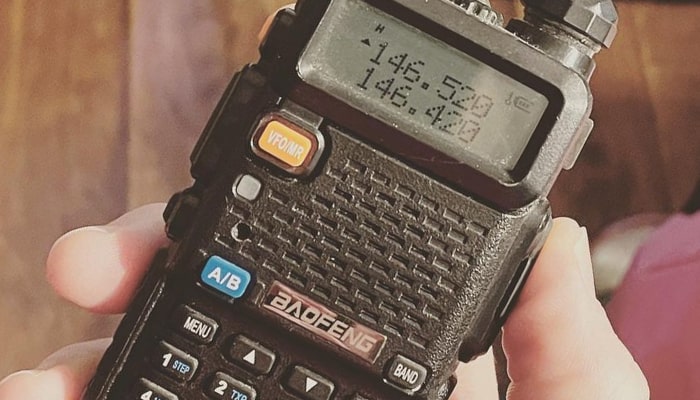
Advantages and Disadvantages of Ham Radios
For beginners, using ham radios can be a very rewarding hobby. But before you get started using a ham radio, first, you need to be familiar with its different advantages and disadvantages.
Advantages
- Easy and simple to use
- Effective and efficient for long-range communications
- Can be used for communication for long hours
- Can function on various frequencies
- Can operate in different climate disasters
- Extensively used for emergencies
Disadvantages
- Ham radios have high price tags.
- Bad weather may affect the effectiveness of ham radios.
- A license is required to operate a ham radio.
Best Ham Radio for Beginners
If you’re looking for a top-of-the-line ham radio for beginners, the BaoFeng BF-F8HP is the perfect choice. With a massive 2000 mAh battery, it has plenty of power to keep you going all day long. The V-85 high gain antenna ensures maximum range and clarity, while the 8-watt power output allows for transmitting in both frequencies: VHF and UHF.
Its easy-to-use interface and included manual make it a great choice for those just getting started. Plus, the BaoFeng BF-F8HP is lightweight and portable, making it ideal for taking on the go.
Last update on 2024-04-27 / Affiliate links / Images from Amazon Product Advertising API
Overview of Walkie Talkies
Walkie-talkies are portable handheld radio transceivers that let people conduct wireless communication with the use of radio waves in one frequency band. A walkie-talkie can work exclusively in half-duplex mode.
Walkie-talkies are often shaped like phones with a push-to-talk button. These devices are typically used in the military. Today, more people also have walkie-talkies handy for personal use.
Features of Walkie Talkies
A group of people that interconnect using walkie-talkies can talk to each other. The only thing they need to do is ensure that everyone uses a single frequency band or also called the channel.
Walkie-talkies work similarly to a detuned radio. Every time you walk to talk, all you have to do is simply press its push to talk button. The loudspeaker will then be switched on the other side to the microphone function.
After this, when they speak and communicate, the sounds will be transformed into radio waves. These radio waves travel at light’s speed, which is 186,000 miles per second, and are a part of the electromagnetic spectrum.
Every time the radio waves are transformed back into vibrations, the loudspeaker will broadcast the sound and the other side can immediately pick them up.
By the time the speaker is finished talking, they will say “over” so that the listener will know that the speaker is already done talking. After this, they then need to press the push to talk button to turn it off and the device will go back to its listening mode.
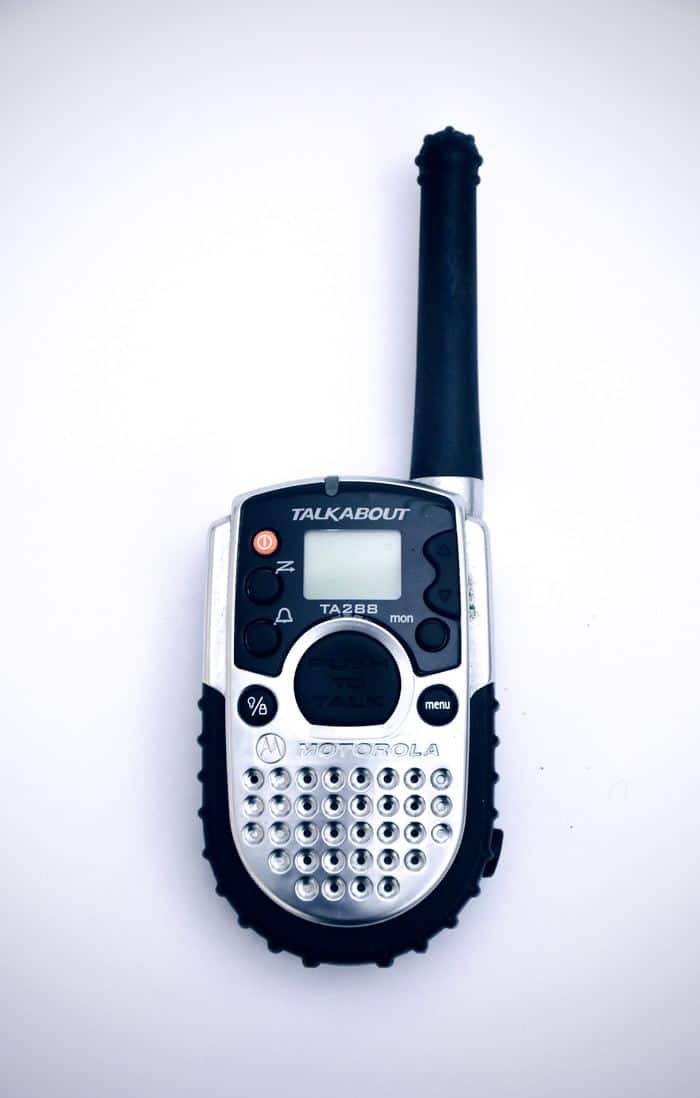
Advantages and Disadvantages of Walkie Talkies
The following are the different advantages and disadvantages that you need to know before you use walkie-talkies:
Advantages
- Allow instant communication
- Easy to carry
- Effective for short-range communication
- Have several channels
- Long battery life
- Lightweight and portable
Disadvantages
- Doesn’t allow simultaneous two-way communication
- Requires license
- Not recommended for beginners
- Hill or wall blocks can block transmissions at any time
Best Walkie-Talkie for Beginners
The Topsung Walkie-Talkie is the perfect device for beginner radio enthusiasts. It has a standby time of up to 48 hours, making it great for extended use. The water-resistant design protects against the elements, while the 22 channels and privacy code function keep your conversations private. Additionally, the low battery alert and overcharge protection help to prolong the life of your walkie-talkie.
Topsung Walkie-Talkie’s NOAA Weather Scan will automatically scan through 10 available weather (WX) band channels and locks onto the strongest weather channel to alert you of severe weather. With this device, you’ll never have to worry about being caught off guard by a sudden storm.
Last update on 2024-04-27 / Affiliate links / Images from Amazon Product Advertising API
Do Walkie Talkies Use Radio Waves?
Walkie talkies use a limited band of radio waves to communicate with one another. This band falls within the VHF (very high frequency) spectrum, which is why they are sometimes also called VHF radios. The walkie talkies send and receive these radio waves using antennas, which can be either built into the units themselves or attached externally.
The radio waves are sent through the air, and the walkie talkies receive the signal and convert it into sound. This allows people to communicate with each other without having to be in the same room.
Do Walkie Talkies Work Anywhere?
Walkie talkies are a two-way radio transceiver that allow users to communicate with each other without having to be in the same location. The devices work by transmitting and receiving radio signals between the two devices. While walkie talkies can work in a number of different environments, there are some locations where they will not work as well as others. For example, walkie talkies are not typically effective in areas with a lot of interference or noise.
Walkie talkies are typically thought to work best in open areas with few obstructions. However, some models are advertised as having a longer range, and in more testing, it appears that these models can work in areas with some obstructions. The distance at which the walkie talkies work is related to the wattage of the transmitter, the height of the antenna, and the quality of the signal.
Can You Use Ham Radios as Walkie Talkies?
Ham radios cannot typically be used as walkie talkies because they are not configured for short-range communication. Ham radios are designed for long-distance communication, and so they typically have a higher power output and a larger antenna than what is necessary for short-range communication. Additionally, ham radios require a license from the Federal Communications Commission (FCC) to operate, which most people do not have.
Which is the Better Choice between Ham Radio and Walkie Talkie?
Both walkie-talkies and ham radios are used and recommended for different purposes because of their different configurations. This means that it will be up to you to decide on what suits you better. If you are looking for a lightweight and portable device with the ability to communicate up to several miles, you might be better off using a walkie-talkie.
Meanwhile, ham radio is your best bet if you want various experiences and long-range communication. Ham radios also let you work on various frequencies that are limited to walkie-talkies.



